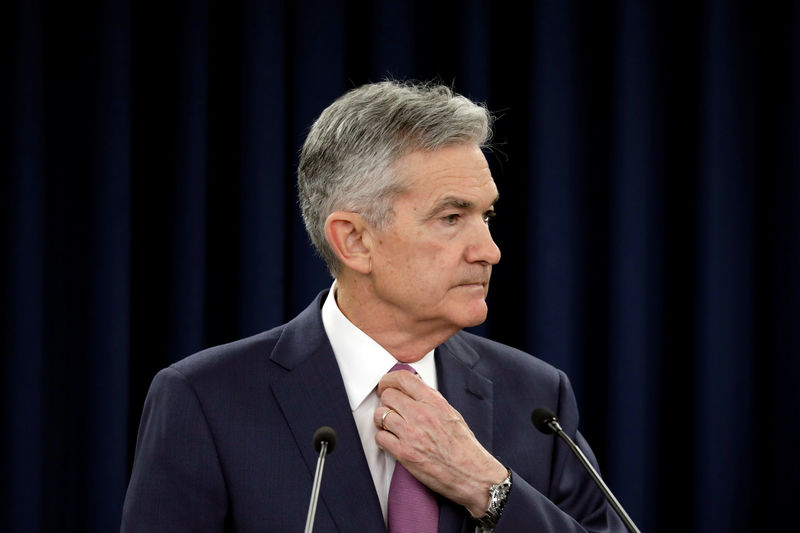By Geoffrey Smith
Investing.com -- What are European stocks afraid of?
Markets have settled into a very firm holding pattern ahead of the U.S. Federal Reserve’s symposium that starts tomorrow, largely ignoring what are really two quite important developments.
For one, Germany has extended its job support mechanism, known as Kurzarbeit, by another 12 months through the end of 2021. This is one of the most important elements of the fiscal stimulus rolled out by Europe’s largest economy.
According to Der Spiegel, the Kurzarbeit scheme cost the federal government 11 billion euros ($13 billion) just in the four months through July. But that has put a very firm safety net under the purchasing power of millions of households – 6.7 million as of the end of May, the latest month for which official data are available.
For another, French Prime Minister Jean Castex dropped further hints about the details of a 100 billion-euro recovery plan next week. That, too, is set to put a safety net under the continent’s second-biggest economy.
Yet the CAC 40 was up only 0.3% in low volume on Wednesday. The DAX, after a subdued start, managed a slightly better 0.5% increase.
Up to a degree, the inability of Europe to keep up with the U.S.’s record-setting pace this week is due to the fact that the relative trajectories of the pandemic on both sides of the Atlantic have shifted in the U.S.’s favor in recent weeks. New cases are falling stateside and rising in Europe (although they still remain lower than the U.S. in absolute terms, and even more so in per capita terms).
But there is another factor at work, too. Fed Chairman Jerome Powell is expected by many to announce important changes to the framework for monetary policy in his keynote speech on Thursday, that will sketch out a future in which U.S. interest rates stay lower for longer than thought.
Such speculation has been one of the biggest factors behind the euro’s recent rise against the dollar.
At $1.20 or below, no-one is yet sounding alarm bells, but conventional wisdom says that if the euro were to rise much higher, then the export-sensitive economies of the euro zone may suffer.
But that is only true up to a point. Because the flip side of dollar weakness is not just euro strength, but strength in currencies around the world, notably in emerging markets. China’s yuan, for example, closed at its highest level in seven months overnight. As emerging markets feel the load of their dollar-denominated debt easing, then demand for eurozone goods and services should hold up well enough.
Arguably the bigger risk is that Powell doesn't announce anything major, leading to a dollar snapback that would leave emerging currencies in a worse position to deal with any renewed global surge in coronavirus cases as the northern hemisphere winter sets in. Either way, the increasingly narrow range in which the Stoxx 600 has traded since peaking in June seems set to be challenged hard next week.
